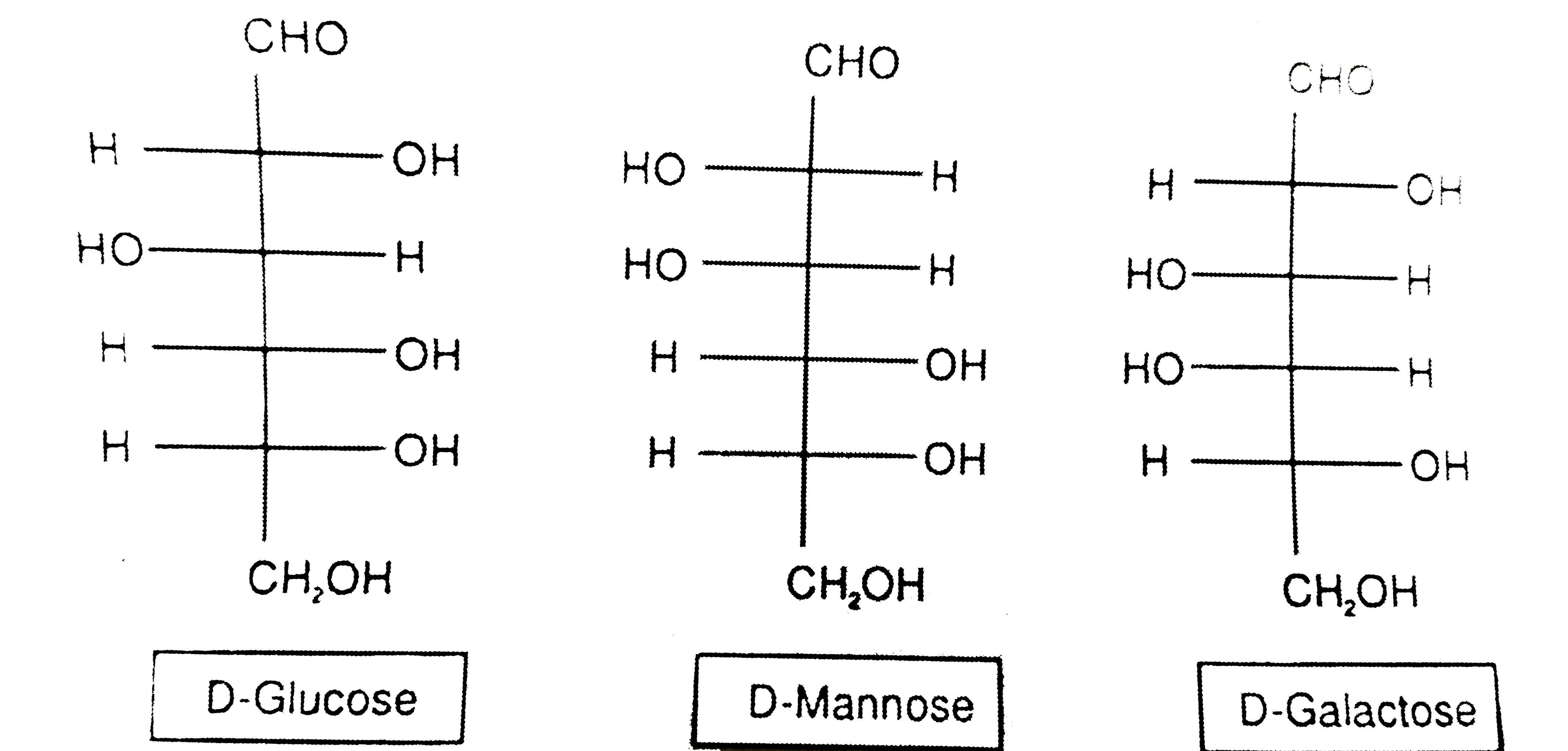Discuss the four possible levels of protein structure and relate each level to particular bonding patterns
To discuss the four possible levels of protein structure and relate each level to particular bonding patterns, we can break down the information into clear steps:
Step 1: Primary Protein Structure
- Definition: The primary structure of a protein is the linear sequence of amino acids linked together in a specific order.
- Bonding Pattern: The main type of bond that forms the primary structure is the peptide bond, which is a covalent bond formed between the amino group of one amino acid and the carboxyl group of another.
Step 2: Secondary Protein Structure
- Definition: The secondary structure refers to the local folded shapes that form within a protein due to interactions between the backbone atoms.
- Bonding Pattern: The secondary structure is stabilized primarily by hydrogen bonds. The two common types of secondary structures are:
- Alpha Helix: A coiled structure formed by hydrogen bonds between every fourth amino acid.
- Beta Pleated Sheet: A sheet-like structure formed by hydrogen bonds between segments of the polypeptide chain that are aligned next to each other.
Step 3: Tertiary Protein Structure
- Definition: The tertiary structure is the overall three-dimensional shape of a single polypeptide chain, formed by the interactions between the secondary structures (alpha helices and beta sheets).
- Bonding Pattern: The tertiary structure is stabilized by various interactions, including:
- Hydrogen bonds
- Ionic bonds
- Hydrophobic interactions
- Disulfide bridges (covalent bonds formed between cysteine residues)
Step 4: Quaternary Protein Structure
- Definition: The quaternary structure is the assembly of multiple polypeptide chains (subunits) into a larger functional protein complex.
- Bonding Pattern: The quaternary structure is stabilized by various interactions, including:
- Hydrogen bonds
- Ionic bonds
- Covalent bonds (such as disulfide bridges)
- Van der Waals forces
Summary
In summary, the four levels of protein structure are:
1. Primary Structure: Linear sequence of amino acids linked by peptide bonds.
2. Secondary Structure: Local folding into alpha helices and beta sheets stabilized by hydrogen bonds.
3. Tertiary Structure: Overall 3D shape formed by interactions among secondary structures, stabilized by various bonds.
4. Quaternary Structure: Assembly of multiple polypeptide chains, stabilized by various interactions.
- Definition: The primary structure of a protein is the linear sequence of amino acids linked together in a specific order.
- Bonding Pattern: The main type of bond that forms the primary structure is the peptide bond, which is a covalent bond formed between the amino group of one amino acid and the carboxyl group of another.
- Definition: The secondary structure refers to the local folded shapes that form within a protein due to interactions between the backbone atoms.
- Bonding Pattern: The secondary structure is stabilized primarily by hydrogen bonds. The two common types of secondary structures are:
- Alpha Helix: A coiled structure formed by hydrogen bonds between every fourth amino acid.
- Beta Pleated Sheet: A sheet-like structure formed by hydrogen bonds between segments of the polypeptide chain that are aligned next to each other.
- Definition: The tertiary structure is the overall three-dimensional shape of a single polypeptide chain, formed by the interactions between the secondary structures (alpha helices and beta sheets).
- Bonding Pattern: The tertiary structure is stabilized by various interactions, including:
- Hydrogen bonds
- Ionic bonds
- Hydrophobic interactions
- Disulfide bridges (covalent bonds formed between cysteine residues)
- Definition: The quaternary structure is the assembly of multiple polypeptide chains (subunits) into a larger functional protein complex.
- Bonding Pattern: The quaternary structure is stabilized by various interactions, including:
- Hydrogen bonds
- Ionic bonds
- Covalent bonds (such as disulfide bridges)
- Van der Waals forces
In summary, the four levels of protein structure are:
1. Primary Structure: Linear sequence of amino acids linked by peptide bonds.
2. Secondary Structure: Local folding into alpha helices and beta sheets stabilized by hydrogen bonds.
3. Tertiary Structure: Overall 3D shape formed by interactions among secondary structures, stabilized by various bonds.
4. Quaternary Structure: Assembly of multiple polypeptide chains, stabilized by various interactions.
Topper's Solved these Questions
- BIOMOLECULESBOOK - ICSECHAPTER - BIOMOLECULESEXERCISE - TEST YOUR PROGRESS (SHORT/LONG ANSWER TYPE QUESTIONS)
1 Videos
- BIOMOLECULESBOOK - ICSECHAPTER - BIOMOLECULESEXERCISE - TEST YOUR PROGRESS (HIGHER ORDER THINKING SKILLS QUESTIONS)
8 Videos
- BIOMOLECULESBOOK - ICSECHAPTER - BIOMOLECULESEXERCISE - TEST YOUR PROGRESS (VERY SHORT ANSWER TYPE QUESTIONS)
77 Videos
- BIOLOGY ISC SAMPLE QUESTION PAPER 2019BOOK - ICSECHAPTER - BIOLOGY ISC SAMPLE QUESTION PAPER 2019EXERCISE - PART-II (SECTION -C)
6 Videos
- BODY FLUIDS AND CIRCULATIONBOOK - ICSECHAPTER - BODY FLUIDS AND CIRCULATIONEXERCISE - DIFFRENTIATE BETWEEN
13 Videos
Similar Questions

The above structures are related to each other as
View SolutionWhich of the following level of protein structure is necessary for the many biological activities of proteins?
View SolutionThe following level of structure of protein gives 3D view of the protein
View SolutionThe mass of living material at a trophic level at a particular time is called
View SolutionType of bonds seen in primary structure of proteins
View SolutionThe mass of living material at a trophic level at a particular time is called:
View SolutionThe mass of living material at a trophic level at a particular time is called:
View SolutionBonds that do not exist in tertiary structure of proteins
View SolutionThe primary structure of a protein is due to peptide bonds.True or false
View SolutionDiscuss in brief two scales of measuring the temperature. How are they related to each other ?
View Solution
